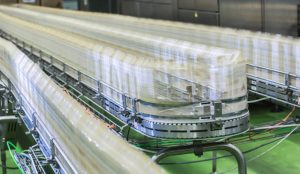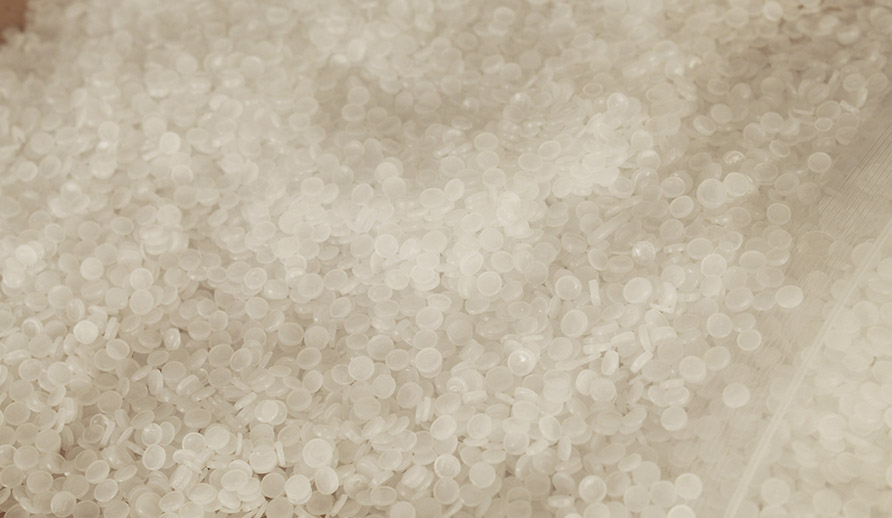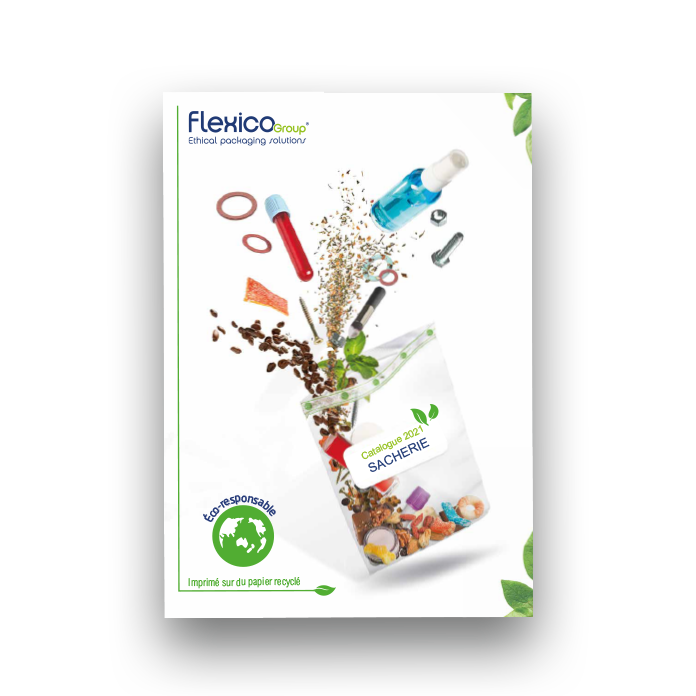
The consumption of certain raw foods such as eggs, milk and uncooked preparations based on these ingredients (homemade chocolate mousse, cheese made from raw milk, etc.) presents a risk of food poisoning. However, at the people having a fragile immune system, the children, the pregnant women and the old people, the food intoxications can be particularly dangerous. The pasteurization of certain foods makes it possible to guarantee their sanitary safety, but also to increase their shelf life. But what is the pasteurization? Which are the generally pasteurized foods and which material of packing to use to condition them?
What is pasteurization?
Discovered by Louis Pasteur in 1865, pasteurization has gradually imposed itself in the food industry as one of the most used techniques to increase the shelf life of food. Less radical than the sterilization which takes place with more than 100°C, the pasteurization consists of a heat treatment at moderate temperature between 60°C and 100°C followed by a fast cooling. Thus, the pasteurization makes it possible to better preserve the organoleptic and nutritional properties of food, a pasteurized product being able even sometimes to be regarded as fresh (fresh pasteurized milk, fresh cream…).
Contrary to the sterilization which destroys all the microorganisms likely to develop in a product (long shelf-life at room temperature but denatured savour and texture of the food), the pasteurization destroys only a part of it. However, this process at moderate temperature aims at destroying the totality of the pathogenic flora at the origin of food poisoning (salmonella, E. coli, Listeria, staphylococcus aureus…), which generally allows a consumption of the food in full safety.
A pasteurized food must be packed hermetically (with or without protective atmosphere or under vacuum) to make barrier with the external microorganisms, and to be refrigerated preferably in order to slow down the development of the residual microorganisms.
What foods are generally pasteurized?
Dairy products such as fresh milk, cream, cheese, butter, yoghurts and cottage cheese are often pasteurized in order to have an acceptable shelf life. One can however find some based on raw milk, but the consumption of these products can present a risk of food poisoning, which is the case in particular of the cheeses with soft raw milk (camembert, brie, coulommiers…). Unprocessed raw milk must be consumed very quickly, as it cannot be kept for more than 3 days in the refrigerator, and it is strongly recommended to boil it before consumption.
The professionals of the food industry often use eggs in the form of fresh pasteurized egg products (eggs without shell, beaten and pasteurized). This avoids the use of frozen or powdered egg products, or raw eggs (eggs with shells) which present a risk of salmonellosis. Thus, sauces sold in the market such as mayonnaise are generally made from pasteurized eggs, as well as chocolate mousses or ice creams containing eggs. On the other hand, “homemade” chocolate mousses and certain artisanal ice creams are likely to contain unpasteurized raw eggs.
It is not recommended to consume fresh homemade fruit juice more than 72 hours after its preparation. The commercialized fruit juices are thus generally pasteurized. One often finds in the fresh department of the juice having benefited from a flash pasteurization. This type of pasteurization lasts only a few seconds, which makes it possible to preserve largely the organoleptic and nutritional properties of the product. When a longer pasteurization is applied the quality of the fruit juice is somewhat altered, but this last can then be preserved at room temperature (before opening) and over a much longer period. One also pasteurizes the compotes, the fruit purees and the fruits in syrup. The pasteurization of the rehydrated dry fruits known as “soft” (prunes, apricots, figs, dates…) makes it possible to preserve them several months at room temperature by avoiding the use of preservatives.
Finally, the beer and the cider of great consumption are generally pasteurized, although not pasteurized artisanal versions exist.
A packaging material adapted to the pasteurization of the product
A packing intended to condition foodstuffs must be first of all apt for the food contact. It must also be hermetic when the food is pasteurized to avoid any contamination of the food by the external microorganisms (except in the case of certain cheeses which need to breathe). It is thus advisable to pay particular attention to the sealing of the welds of the flexible packagings which can be controlled by a device of measurement of leaks.
If the food just pasteurized is still hot at the time of its conditioning or that pasteurization takes place afterwards, it is advisable to choose a material of packing which will not soften during the process. In the case of a plastic bag, one can consider that if the temperature remains lower than its point of Vicat softening, the resistance to the heat of the packaging is sufficient. A PE will thus be appropriate as sealing layer for the majority of the cases of pasteurization, but a PP will bring more safety when the temperature exceeds the 90°C.
In the outer layer of the packaging, a bi-oriented PET or PA film is often used to provide oxygen barrier properties and rigidity to the bag, PA being particularly recommended for vacuum bagging.
If an excellent oxygen barrier is required, a layer of EVOH can also be incorporated within the plastic film, the latter often being coextruded between 2 layers of PE to protect it from moisture.
Thus, various complex plastic films can be used to pack pasteurized products, for example cheese or rehydrated dried fruits: PET/PE, PA/PE, PET/PE-EVOH-PE films or a recyclable PE/PE-EVOH-PE film.
The use of a closing system (Zipgrip, Sensogrip…) will allow, in addition to its practicality, to increase the shelf life of the food after the first opening of the bag by limiting the exposure of the foodstuff to ambient microorganisms and oxygen, by avoiding its drying and by preserving its flavours.
Thus, the process of pasteurization could not be effective without an adapted conditioning. By choosing a flexible plastic packaging reclosable having a die of recycling (for example a bag made up of a complex film PE/PE-EVOH-PE and a closing system out of PE), one can reduce food waste while using a practical, light and recyclable conditioning.
To find out more about Flexico’s waste management policy, visit Flexico, an eco-responsible player.


